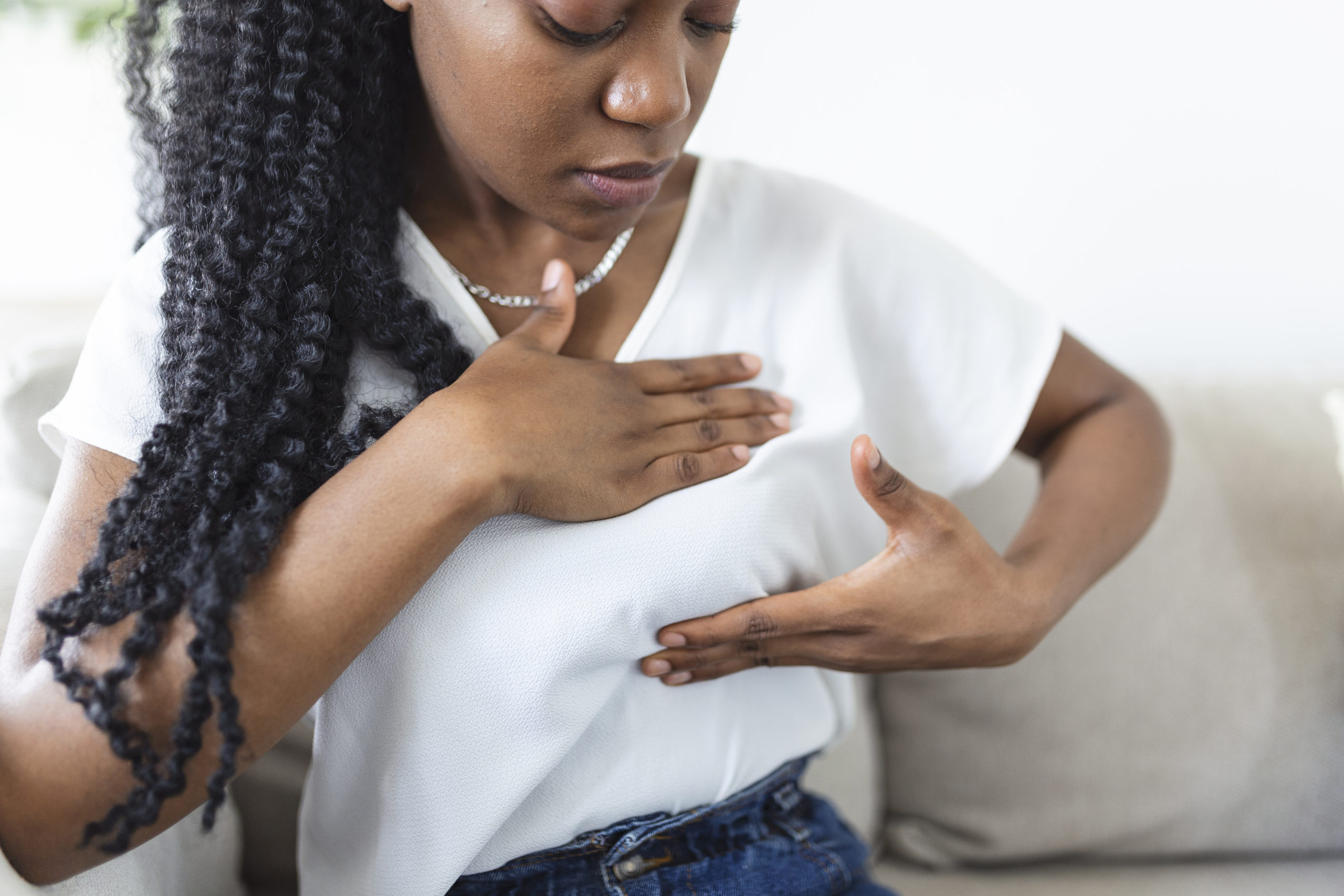
Among the red and orange leaves falling, there’s a splash of pink for Breast Cancer Awareness Month. This October, AFSPA encourages you to raise awareness about the impact of breast cancer. Part of raising awareness is being educated about early detection.
According to the American Cancer Society, when breast cancer is detected early, and is in the localized stage, the 5- year relative survival rate is 99%. Part of early detection is knowing the signs and symptoms of breast cancer. Although some are invisible, many are noticeable.
One of the signs of breast cancer is a change in how the breast or nipple look. Breast appearance changes include enlargement of pores; unexplained change in shape; dimpling; unexplained swelling or shrinkage (especially if on one side only); recent asymmetry; any skin of the breast, areola, or nipple becoming scaly, red, or swollen or having ridges or pitting that resemble the skin of an orange; or a nipple that is turned slightly inward or inverted.
Additional indicators of breast cancer are if you feel nipple tenderness; a lump; thickening in or near the breast or underarm area; a change in skin texture; or lump in the breast[1].
Another symptom of breast cancer is nipple discharge – particularly if it is clear or bloody. You should let your doctor know about any nipple discharge, but the most concerning types are bloody or clear[1].
Early breast cancer detection includes scheduling regular clinical breast exams and mammograms. But although these can help detect cancer before you can feel a lump, breast self-exams familiarize you with how your breasts look and feel. If you notice any changes to them, alert your healthcare professional.
Adult women of all ages are encouraged to perform breast self-exams at least once a month1. Johns Hopkins Medical center states that, “40% of diagnosed breast cancers are detected by women who feel a lump, so establishing a regular breast self-exam is very important.”
Here is how the National Breast Cancer Foundation explains how to do a breast self-exam:
If you find a lump, schedule an appointment with your doctor. Try not to panic as eight out of 10 lumps are not cancerous[1].
Finally, it is important to have routine medical checkups and scheduled mammograms. This is key for early detection.
How AFSPA Can Help:
Because regular screenings are a vital part of early detection of breast cancer, the Foreign Service Benefit Plan (FSBP) provides full coverage for mammograms and breast cancer screenings in accordance with the U.S. Preventive Services Task Force (USPTF). Annual breast cancer screenings also count as a healthy action as part of the Simple Steps to Living Well Together program, so you can earn a $25 reward toward your wellness incentive fund.
Healthy Actions must be completed by December 1 of the calendar year. For more details about the Simple Steps to Living Well Together Program, refer to Section 5h of the FSBP Brochure.
[1] https://www.nationalbreastcancer.org/breast-cancer-symptoms-and-signs
Copyright © 2025 All Rights Reserved by AFSPA.